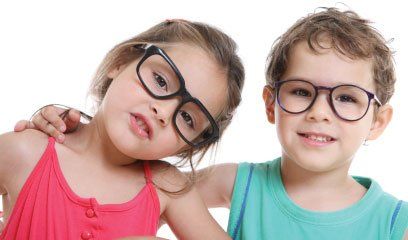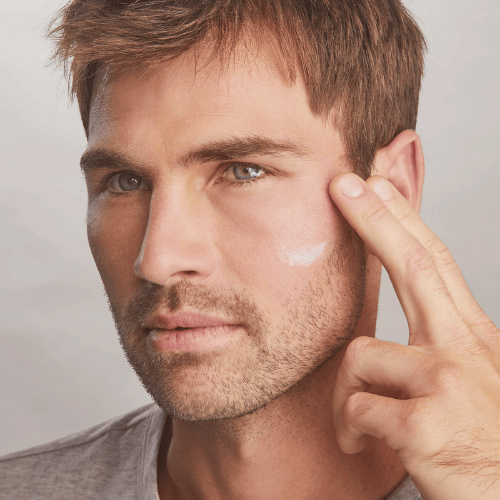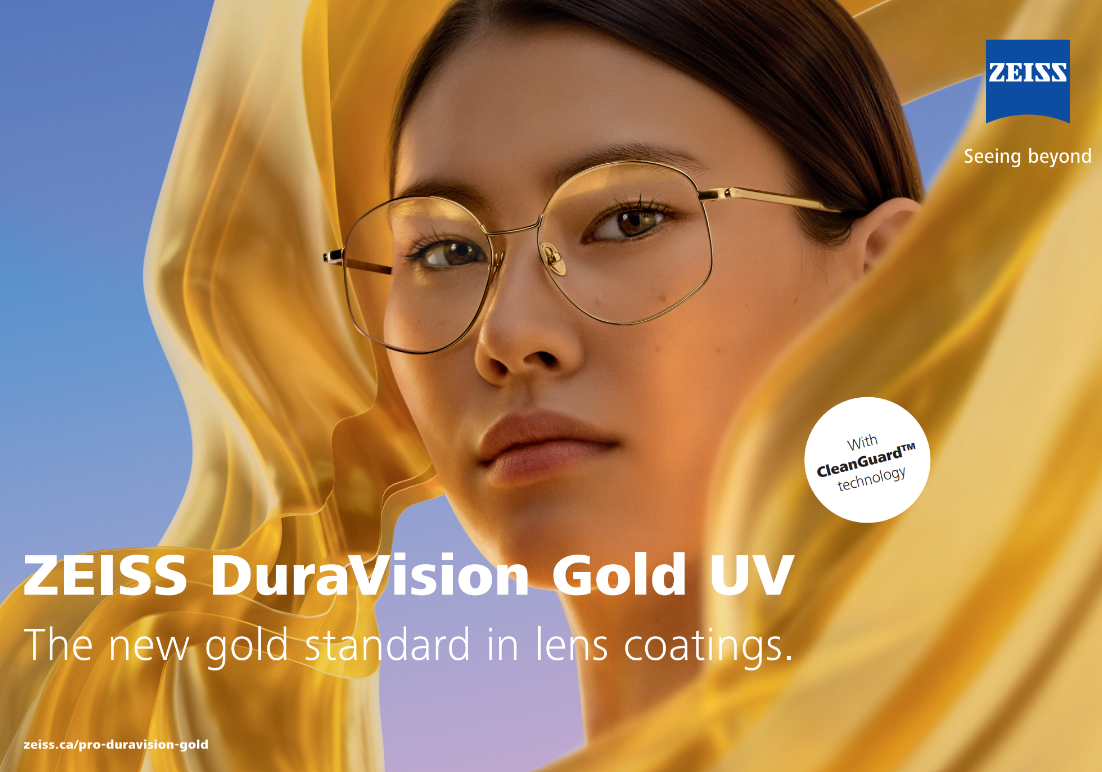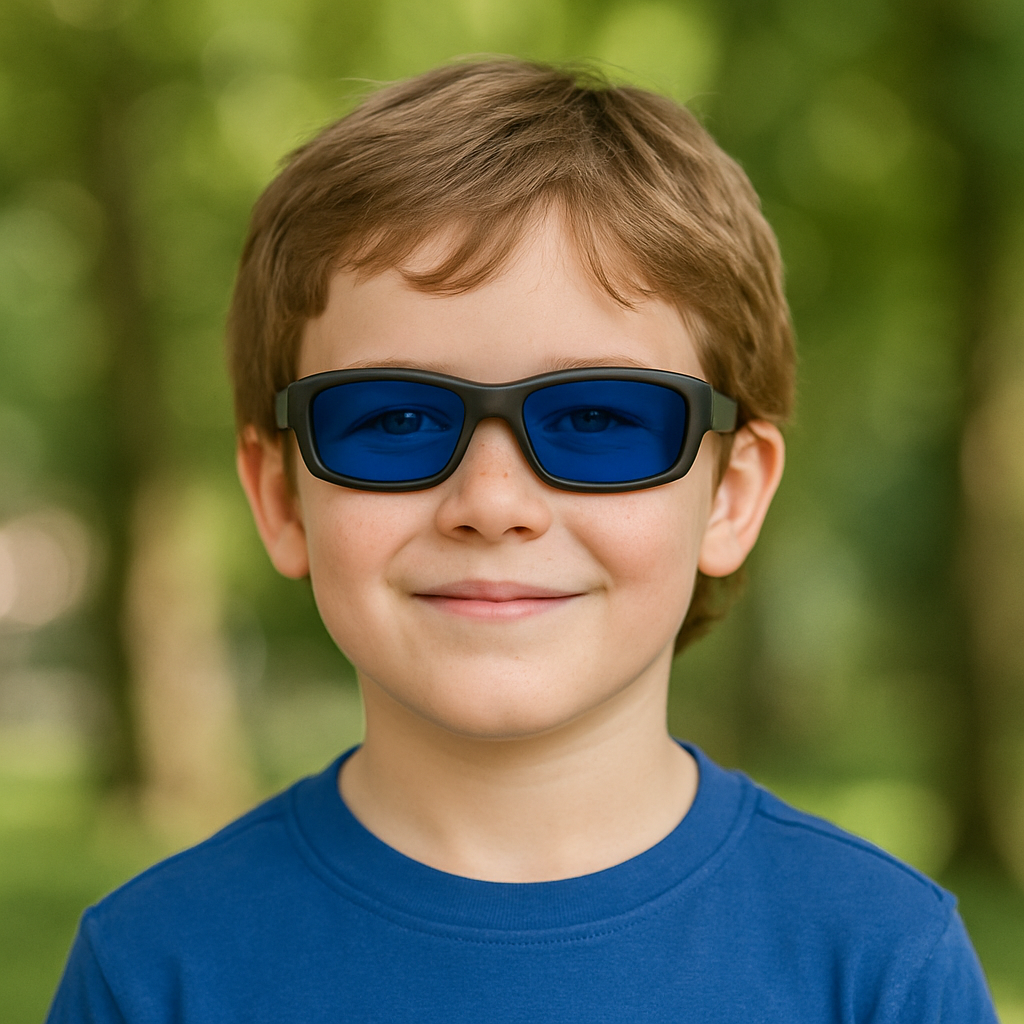FIVE TIPS FOR BUYING GLASSES FOR YOUR CHILD

At Mountain View Optometry we see a lot of children – about 40% of our eye exams are pediatric exams. If glasses are recommended following the exam, it’s normally received well by the child as kids glasses are now much “cooler” than they used to be (remember those uncomfortable ugly frames we used to wear as kids?) but can generate some anxiety on the part of the parent.
What are the most important things to consider when buying glasses for your child? Here they are:
1. Lens Material – kids tend to be a bit tougher on their glasses than adults would be. For this reason you want to make sure that the material is strong enough to withstand impact, as well as scratching through wear and tear. The frequency of wear is important here – are the glasses to be worn full-time for all activities or just for schoolwork and reading, for example? Full-time wear would necessitate more of a consideration for impact resistance. If your child is particularly active we would normally recommend a second pair of “sports-certified frames” with impact resistant lenses.
2. Lens prescription – the higher the prescription, the more we need to think about things like appearance (how thick will the edges be?), weight, and optics. Your child will not appreciate seeing 20/20 if he or she has to deal with discomfort on the nose or ears, or vision that is distorted from thick lenses or the wrong lens material. There is great technology available in lenses to make even higher prescriptions look and feel great.
3. UV and anti-glare – again, we need to consider the amount of time the glasses will be worn. UV light is particularly dangerous for kids due to their increased time outdoors, their larger pupils and their clear (natural) lenses, making it easier for the sun’s rays to penetrate their eyes. We are big fans of Transitions lenses which auto-darken and protect the eyes outdoors. Anti-glare coatings improve the view and are especially helpful when using computers or other electronic media.
4. The frame – whether a metal or plastic is chosen, we need to pay specific attention to the fit. Smaller children have noses that aren’t fully developed, so their bridge (the area in between the eyes) can be a challenge to fit properly. Keeping the frames up on the face so they don’t slide down can be quite challenging when fitting small kids with glasses. We can use adjustable nosepads, special ear pieces or straps to help keep the frames up and aligned in the proper position. The frame is what your child will see when looking in the mirror, so make sure that he or she is involved in the final decision.
5. Backup pair – this is a really good idea as our kids tend to “test” the durability of their eye wear more often! Often if one pair is in for warranty work the other one can still be worn. Did you know that the Eye See Eye Learn Program provides a FREE pair of eyeglasses if required for all children who are in kindergarten? See us for details!












